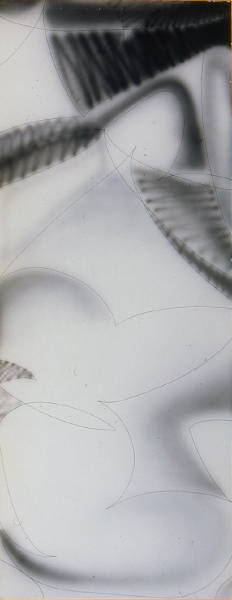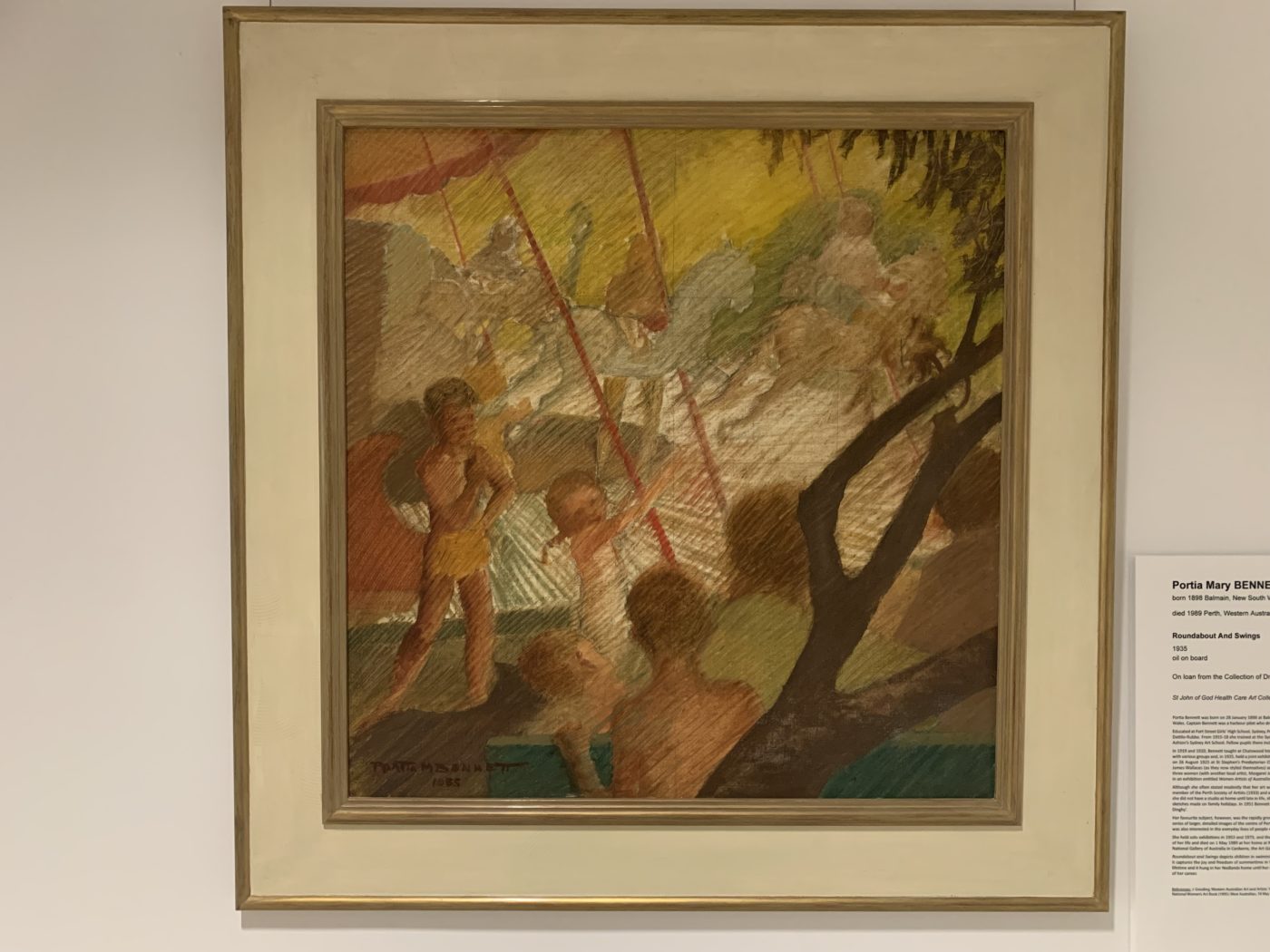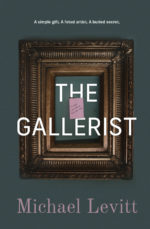Michael Levitt shares three paintings he describes in his new book The Gallerist (and why)

Fans of art heists, fakes and the hunt for long-lost art treasures are going to love The Gallerist, a new mystery story by Michael Levitt. In it, Mark Lewis is running a small art gallery when a local woman brings him a painting for valuing that looks uncannily like the work of the renowned but enigmatic Australian artist, James Devlin. While hunting for the painting’s origins, Mark finds his research blocked at every turn while an alarming brush with danger looms ahead.
In this blogpost, Michael Levitt, himself an avid collector, shares the artworks which inspired key scenes in The Gallerist:
The Sleeping Bridge by Ernest Philpot
As James Devlin, the villain of my book, completes his morning walk through Perth, he turns to face south down Barrack Street to observe the scene, in the same location as the one captured by West Australian artist Ernest Philpot in The Sleeping Bridge (1954), a feature work currently held by the Art Gallery of Western Australia.
Although today’s view has changed dramatically – and much for the worse in my opinion – in the intervening 65 years, this painting evokes a deep nostalgia for me. I well recall crossing the Barrack Street bridge in my parents’ car, leaving the city after a shopping expedition or a trip to the cinema, and seeing the clock tower of the Perth Town Hall in the distance. But I also love it because it represents an historical record of the Perth cityscape of the 1950s.
Even more, there is a deeply pleasing flow and geometry to this painting, as Philpot transitioned from an essentially figurative style towards total abstraction. The geometric shapes created by the lines of buildings, the bridge, the tram wires and the tracks caught in an eerie glow from the streetlights and the tower clock create an almost audible stillness that is, for me, completely arresting.
The Gallerist is, in part, an homage to Australian fine art – my acknowledgement of the way art can move the human spirit and artists can communicate with the world around them.
Soft Nouveau by Howard Arkley

The gallerist in my story is Mark Lewis and he uses art to communicate with his love interest Linda De Vries.
Soft Nouveau (1978) by Howard Arkley is one of a number of paintings that Mark chooses to show Linda De Vries when she first comes to his gallery bearing news of the results of her initial search for the origins of Charlie’s painting. This is one of a series of paintings by Arkley that was inspired by fly wire doors – their size, their portrait orientation and, at the outset, their almost reverential adoption of the repetitive symmetry typical of the wrought iron shapes used in their construction. Towards the end of that series, however, Arkley inserted more abstract shapes and, in Soft Nouveau, he breaks free of any constraint at all. I wanted to include this artwork in the book since it plays into my fondness for abstraction. The work is imbued with an acute sense of its time and place, the artist’s inspiration and technical preferences, and the astonishing notion that something so unformed, even psychedelic, can be appealing and inspiring.
Roundabout and Swings by Portia Bennett

For over a decade, Portia Bennett’s Roundabout and Swings (1935) adorned my bedroom wall, with its gentle theme and warm hues casting a peaceful aura over our household. I especially love the feel of summertime – the children in swimming trunks, the golden hazy tones – and the feelings of blissful innocence and gratitude at the simple joys of life that flow freely from this painting.
Although The Gallerist is a cosy art mystery, bad things do happen and none of my characters quite escape the plot unscathed. Roundabout and Swingswas the perfect painting to inspire Mark Lewis’s dream as he emerged from unconsciousness on his gallery floor. It is a joyful painting and, as Lewis wakes up after having been assaulted, he is imbued with a sense of positivity. This particular painting was created not long after Bennett and her young family arrived in Perth from Sydney via Brisbane. Bennett was sufficiently fond of this painting not to have ever parted with it; it was hanging in her Nedlands home at the time of her death, aged 91. I acquired it at auction in about 2000 – it had remained in the possession of the artist’s family after her death and I was the first person who was not a family member to have ever owned it (as far as I know).



